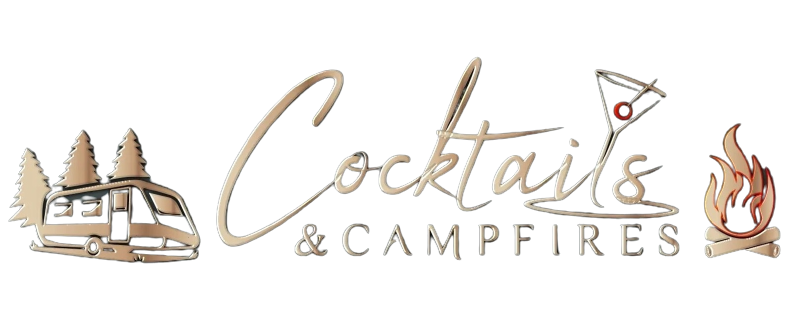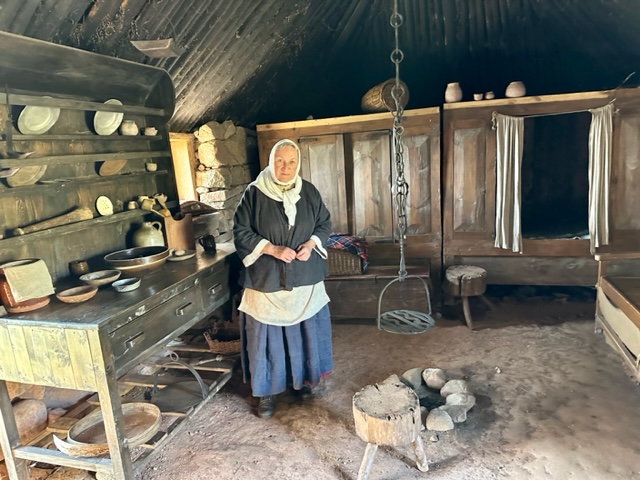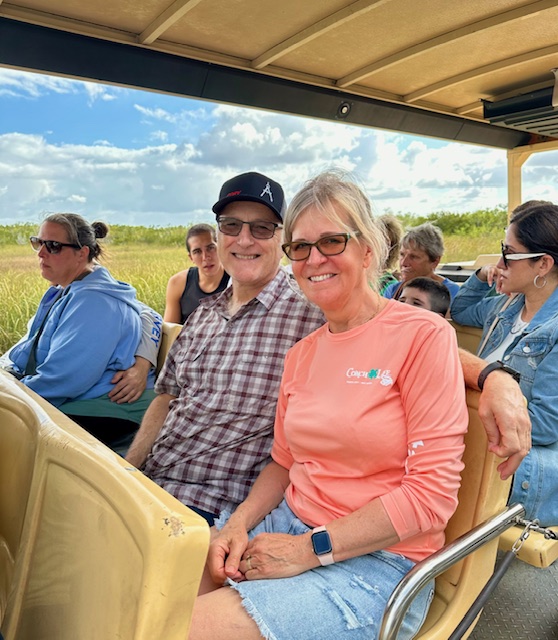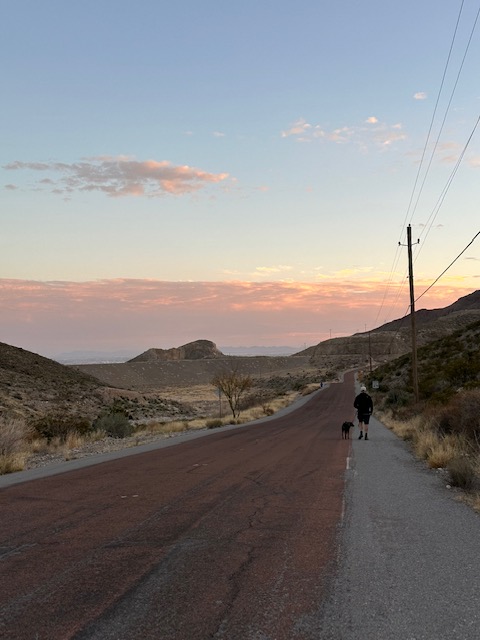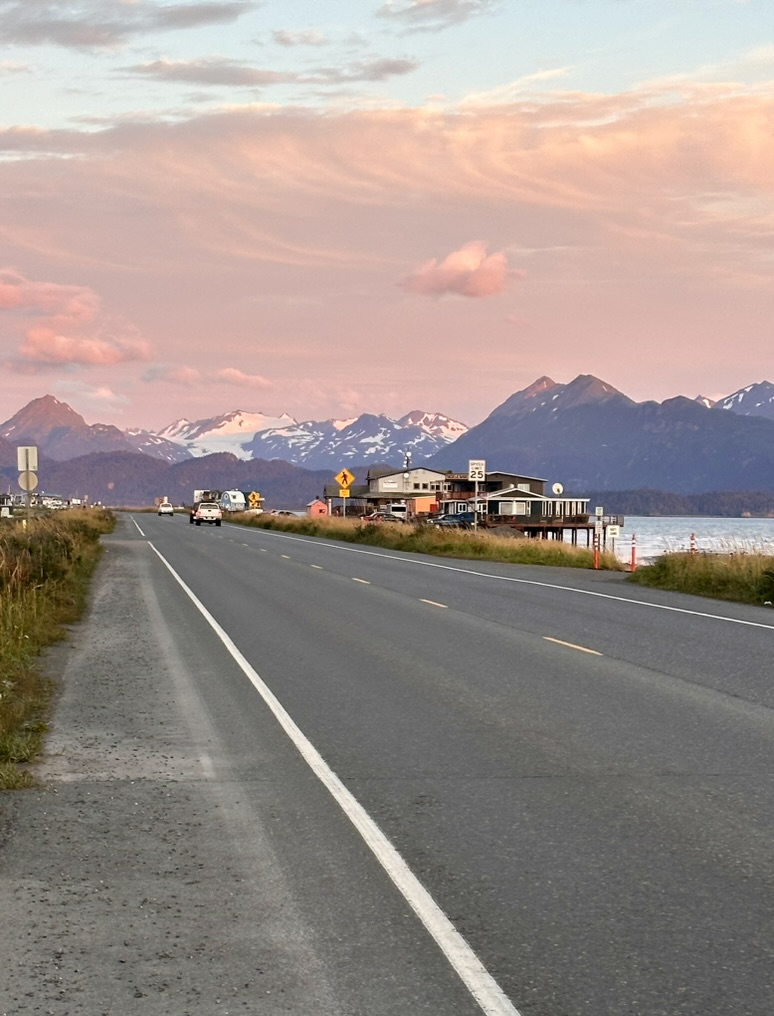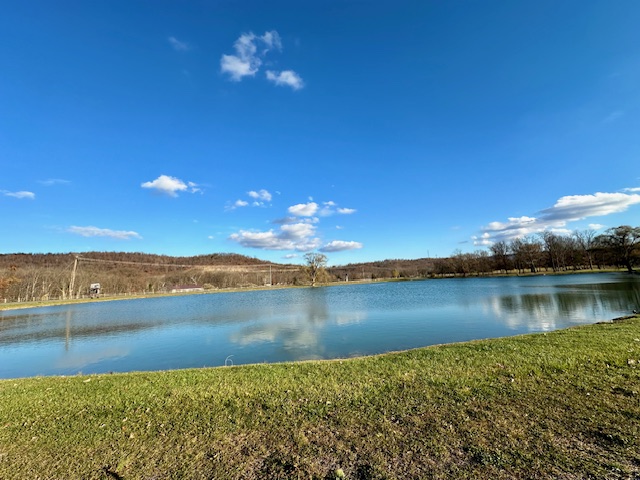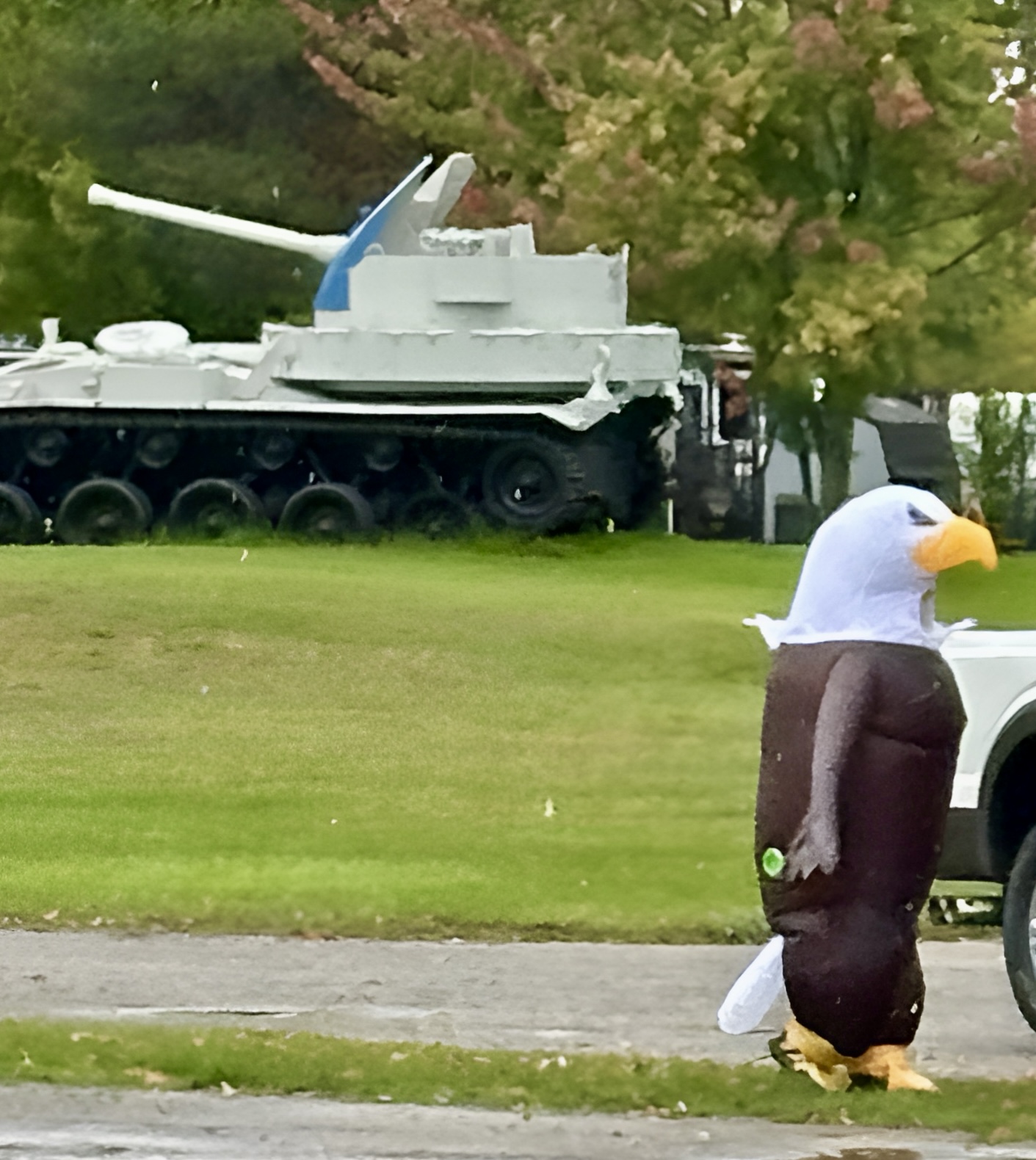The trip from Newfound to Nova Scotia seemed longer than before. There was quite a swell in some places and the motion made both Derek and I feel rather quesey. I was thankful that we had a cabin and we both ended up lying flat on our backs with our eyes closed through the bad parts. Jax was happy enough with his bone and then lay down on his bed which I had placed on the floor in between the bottom bunks with his head under one of the bunks.
It was nice to be back at the Arm of Gold campground. Such a beautiful setting surrounded on two sides with a lake. We were ushered to a spot on the top of the hill overlooking the water with lovely views of the unusual Catholic church in the distance. The campground was quite full as it was the labour day weekend.
The following morning we awoke to warm sunny weather – at last – perhaps we will be able to salvage a bit of summer!! We took a drive out to Iona to see the Highland Village. I was sure Derek would enjoy learning about how the Scots came to Cape Breton.
Situated on a hill with sweeping views of the Bras D’or lakes, the highland village was reconstructed with houses showing progressive building styles through time, a school house, mill house, carting shed, general store, church, barn and blacksmith. We even saw highland cows, a horse, chickens and sheep.
What was pretty neat was that there were people dressed in period costumes in each building who spoke to us as though they were from that time. It started with a stone house where a woman described the poverty in Scotland and the impetus to move to Canada. Much of her conversation was in Gaelic. In later houses we learned how the families built their communities and survived through subsistence farming and bartering of goods such as butter, eggs, wool and linens from flax.
Between 1770 and 1815, some 15,000 Highland Scots emigrated to Canada settling mainly in PEI and Cape Breton. They were almost exclusively Gaelic speaking and many were Roman Catholic. In the early years of the 19th century, Gaelic was the third most common European language spoken in Canada. The flow of Scottish immigrants to Canada continued unabated over the years and it was estimated in 2016 that 14% of the population was of Scottish descent.
Scots were very active in politics with the first two Canadian prime ministers — Sir John A. Macdonald and Alexander Mackenzie were born in Scotland. Scots were also very active in business. They dominated the fur trade, the timber trade, banking (bank of montreal) and railway management ( canadian pacific railway) Many of the largest universities in Canada were founded by Scots. Did you know that the word Calgary, is of Gaelic origin, means “bay farm” or possibly “Kali’s garden,”
Nowadays Scots are dispersed across Canada and while the use of Gaelic has diminished, in Cape Breton the Nova Scotian government has taken measures to promote and preserve the language in schools.
After spending about 3 hours walking around the village and chatting to the staff, we were quite bushed, so we stopped in at the Wheelhouse Cafe just across the Barra Strait bridge. Luckily for us they allowed for dogs on the patio. I had an amazing Wheelhouse cocktail with Coconut Rum and Pineapple – just the thing for a hot day, and Derek enjoyed a nice double IPA – after months of only getting light beer in Newfoundland!
Back at the campsite the sun was starting to set and we got the most incredible sunset with a bright orange sky and pink water.
